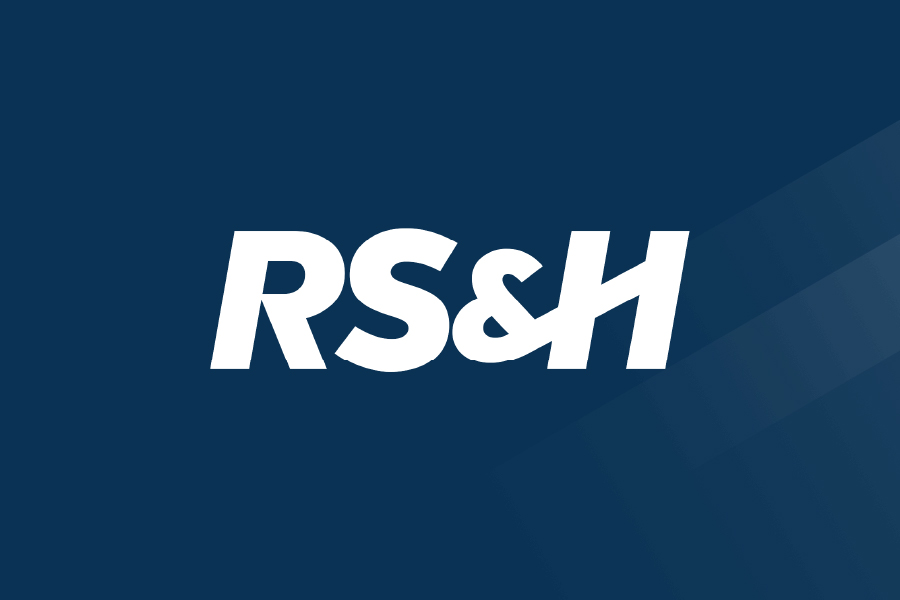Methodologies for Construction of the First Lunar Spaceport

When are we going back to the Moon? Why not Mars? These have been the questions over the last several years.
The ‘been there, done that’ attitude towards the Moon is changing. A whole new generation that does not remember the Apollo Moon landings, or even the Space Shuttle, is here looking to make their mark on the history books. The current boom in commercial companies taking to the stars is leading innovation towards making access to space easier, faster, more efficient, economical, and safer.
Building a Launch Pad on Another World
How we get to these other worlds is the fun part everyone is looking at. What we do when we get there is the more difficult part that is still under-developed.
We know what we need, now we need the how. How do you build the launch pad with the nearest front-end loader 250,000 miles away? The nearest dump truck is far too heavy and large to fit inside a rocket faring. What equipment and technology will be necessary to construct a launch site on another world, where the nearest replacement parts are years away and direct human intervention is likely not available?
Humans have dreamed of traveling to and from the Moon, Mars, and other celestial bodies around the galaxy. Until recently we have not had the means nor resources to travel between other planetary entities, however a recent shift in technology and scientific discovery has expanded our ability to travel to other areas within our solar system.
Stepping Stones for Interstellar Travel
The bigger question now is how we plan to lay down roots on these foreign environments, and what level of infrastructure and construction is required to allow for future launches and recoveries at these sites. To understand the complications of construction in a foreign environment, we first need to identify a location.
Beyond the obvious desire to colonize new planets, having launch and recovery pads on the Moon or Mars is a wonderful way to begin interstellar travel. The Moon and Mars are much smaller, and have considerably less gravity and atmosphere, meaning that it is easier to launch a rocket out of orbit from these areas.
Humanity will be able to use these spaceports as stepping stones to cast a further net instead of attempting to create vehicles capable of going the entire distance from Earth without stopping. Keeping this in mind, a launch and recovery pad will play a crucial role in how humans push forward into the Milky Way galaxy.
Resources for a Reusable and Sustainable Facility
A previous white paper from RS&H aerospace experts titled “Spaceport Design on the Moon: From First Launch to the Future” discussed a focus on location and basic layout of a spaceport. Associates have created a new white paper that continues to explore this further.
This white paper discusses the development of the launch pad itself as well as additional resources used to make this a reusable and sustainable facility. Topics include:
- Launch and landing pad
- Propellant storage and processing
- Facilities and infrastructure
- Power and communications
Sign up to receive a copy of the white paper.
Learn more about the spaceports RS&H has helped plan and license.



